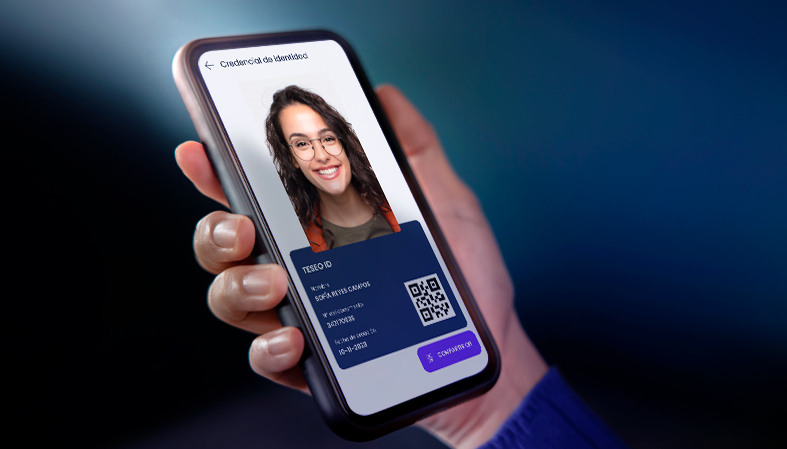Biometric authentication involves using unique biological traits like fingerprints or facial features to verify an individual’s identity. In the rapidly evolving world of cryptocurrency, where transactions are irreversible and often involve significant sums, robust security measures are critical. That’s why biometric authentication is a topic of keen interest in the crypto space.
The EBA ruling and what it means for crypto
The European Banking Authority (EBA) has issued guidance on Strong Customer Authentication (SCA), a security measure designed to prevent payment fraud. According to the EBA, unlocking a device with biometrics should not be considered a valid SCA element for verifying identity if that biometric data is not controlled by a financial institution. So, what does this ruling mean for us in the crypto world? Quite a lot, actually.
SCA is not just a trend but a mandatory requirement in European digital financial transactions. The EBA’s stance on not treating device-based biometrics as a standalone SCA element significantly affects the crypto landscape. It makes a compelling case for exchanges and wallet providers to reevaluate their security protocols to stay in line with regulations.
What about device-based biometrics?
Device-based biometrics, such as Apple’s Face ID, store data exclusively on the user’s device. While this may seem secure, it poses risks, particularly when multiple users register their biometrics on the same device. In the crypto realm, where there’s no undo button for transactions, could this be an open door for unauthorised access and financial heartache?
It’s easy to imagine a scenario where a family member or housemate who has also registered their face or fingerprint on your device gains unintended access to your crypto wallet. Such loopholes make device-based biometrics a less-than-ideal choice for crypto security.
Biometric solutions for peace of mind
Unlike device-centric biometrics, a biometric identity verification solution captures, encrypts, and transmits the user’s biometric data to a remote server for authentication. This method offers an additional layer of security, ensuring that even if the device or its PIN code is compromised, the user’s cryptocurrency assets remain secure.
The server-side model functions by creating an encrypted pathway between the user’s device and a secure server. This ensures that even if a device is compromised, the biometric data remains inaccessible. As this aligns with the EBA’s preference for financial institutions controlling the biometric data, it’s the ideal choice for crypto platforms concerned about regulatory compliance and robust security.
For more information on the intricacies of biometric verification in crypto, click here.






